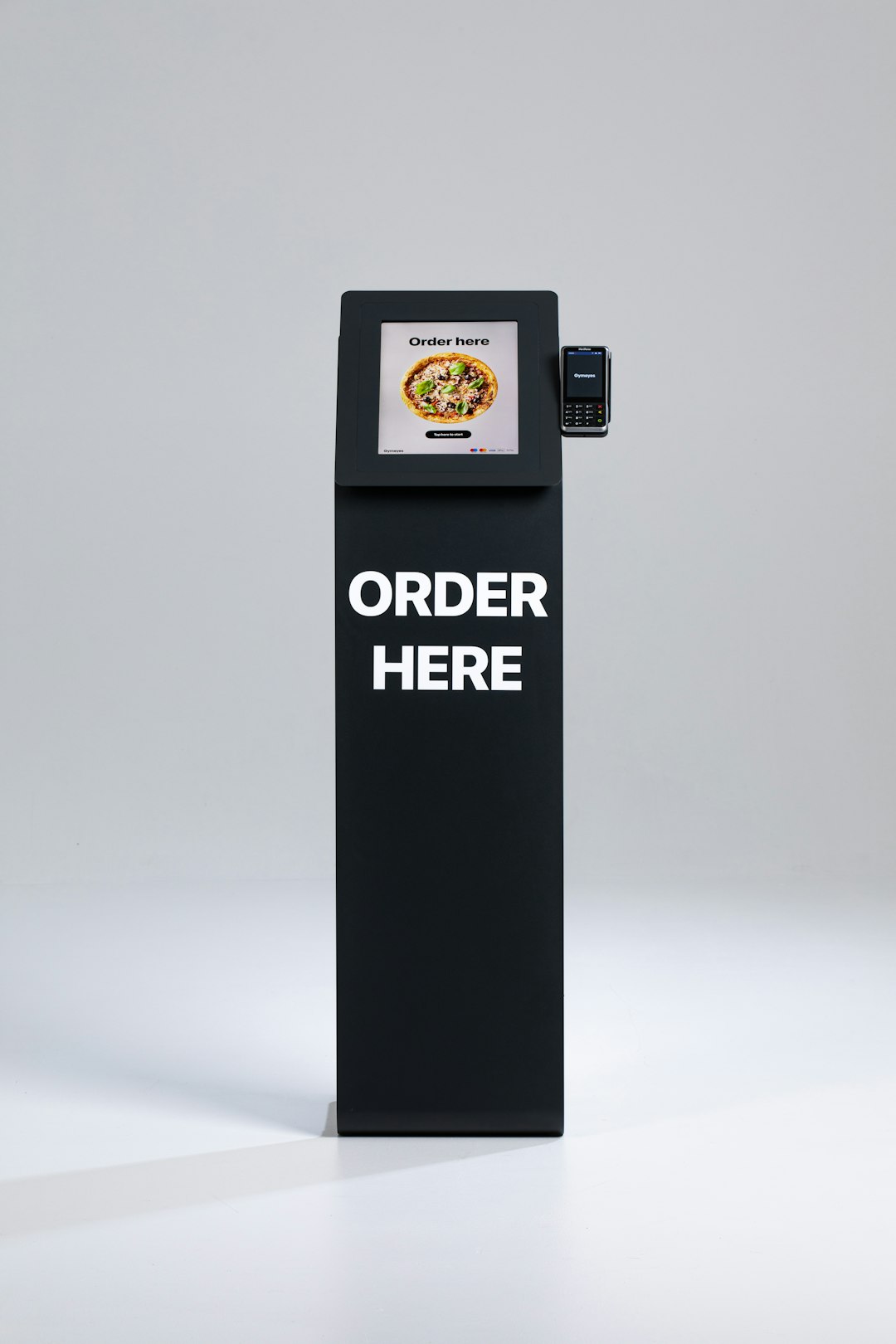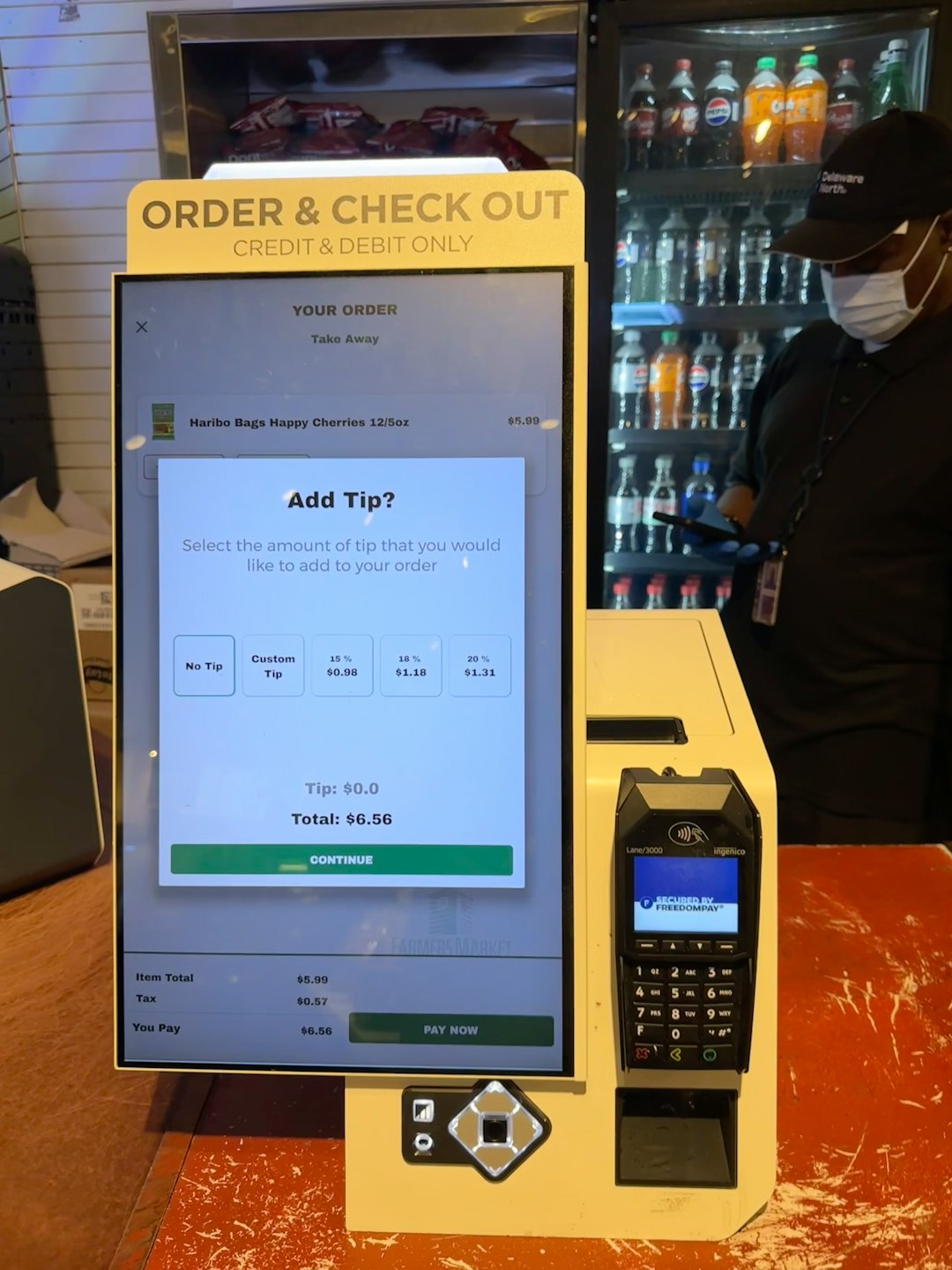Seasonal Order Forms: Inventory Caps & Waitlists
Seasonality plays a pivotal role in inventory management and order fulfillment for businesses in industries such as agriculture, fashion, and holiday merchandise. When demand fluctuates throughout the year, companies often implement seasonal order forms to streamline the process of pre-orders, manage inventory efficiently, and boost customer satisfaction. In this dynamic ecosystem, introducing strategies like inventory caps and waitlists ensures supply meets demand without overextending operational capacity.
The Role of Seasonal Order Forms
Table of Contents
Seasonal order forms are essential tools for businesses that deal with peak and off-peak product cycles. These digital or physical forms allow customers to place pre-orders well in advance of the product availability, enabling manufacturers and suppliers to plan production and distribution. More than just a simple form, a well-designed seasonal order form communicates inventory limits, deadlines, and availability.
Incorporating strategic limitations like inventory caps and waitlist mechanisms further ensures the business maintains transparency with customers while protecting itself from logistical challenges and financial risks.
Understanding Inventory Caps
An inventory cap is a limit placed on how much of a certain product a customer can order or how much is available in total. This cap ensures that:
- Products are distributed fairly among customers
- Inventory is not oversold
- Manufacturing or sourcing limitations are respected
- Order fulfillment stays within operational capability
For example, a small orchard offering seasonal fruit boxes may only have 5,000 units of apples available. Setting an inventory cap based on this maximum ensures that supply aligns with actual availability. Once the cap is hit, no further orders can be taken unless inventory is increased or cancellations occur.

Inventory caps also help companies manage expectations. Customers will know certain items have limited stock and may act quickly to secure their orders, helping to avoid oversights and last-minute order rushes that could disrupt production timelines.
The Importance of Waitlists
When inventory caps are reached, rather than shutting out potential customers, businesses can offer waitlists as an alternative. A waitlist allows customers to register their interest in a product that is currently out of stock or over the ordering limit. While not a guarantee of shipment, a waitlist keeps the customer engaged and provides the company valuable insight into additional demand.
Waitlists benefit businesses by:
- Collecting data on excess product demand
- Allowing for scaling or reallocation of inventory
- Building a list of potential future buyers
- Creating opportunities for future campaigns and targeted marketing
From a customer’s perspective, being on a waitlist means they are not entirely excluded from the purchasing cycle. Companies can update them when items become available again or offer alternative products to meet their needs.
Integrating Inventory Caps and Waitlists with Seasonal Order Forms
The synergy between seasonal order forms, inventory caps, and waitlists lies in the balance between supply, demand, and customer satisfaction. Businesses can take the following steps to build this efficient system:
- Identify Seasonal Trends: Analyze data to determine when demand spikes and which products are most affected.
- Set Inventory Capacities: Work with suppliers or internal departments to determine realistic caps for each item.
- Design the Order Form: Include clear limits on order quantities, item availability status, and waitlist options.
- Launch Timely Campaigns: Roll out forms when customers are most likely to order in advance, such as before holidays or harvest season.
- Monitor and Adjust: Use analytics to tweak caps and manage waitlists efficiently over the ordering period.
Incorporating a strong communication loop is also key. Whether orders are taken via a digital form, email, or through an e-commerce site, updating customers on their order status, position on the waitlist, and potential delivery times fosters credible relationships and repeat orders.
Best Practices
While setting up a seasonal ordering framework with inventory caps and waitlists, the following best practices will enhance efficiency:
- Transparency: Always inform customers when they’re ordering against capped inventory or being added to a waitlist.
- Automation: Use software tools to automatically calculate remaining inventory and trigger waitlist enrollment.
- Forecasting: Historical sales and web traffic can help predict spikes and inform cap decisions for future seasons.
- Customer Updates: Regularly update waitlisted customers about inventory status to keep them engaged.
- Flexibility: Be prepared to adjust caps or roll out contingency inventory based on changing demand or cancellations.

Challenges and Considerations
Despite the benefits, businesses must also navigate challenges. The most common hurdles include:
- Inaccurate Forecasting: Underestimating or overestimating seasonal demand can cause stockouts or excess
- Logistics Hiccups: Delays in supply chain due to weather, political, or economic disruptions may render carefully capped inventories useless
- Customer Disappointments: Without proper communication, customers on a waitlist may seek alternatives elsewhere
To address these issues, it’s essential to use a combination of real-time tracking software, communication platforms (like automated notifications), and feedback loops to fine-tune the process every season.
Industries That Benefit From Seasonal Controls
The following industries can greatly benefit from using seasonal order forms coupled with inventory caps and waitlists:
- Agriculture: Produce has specific harvest windows and limited shelf life
- Fashion: Seasonal collections are finite and trend-based
- Gifting: Holidays such as Christmas, Valentine’s Day, and Mother’s Day create large spikes in demand
- Crafts and DIY: Limited-edition kits often come with set availability
- Event Suppliers: Party suppliers for summer weddings or fall festivals work within tight seasonal windows
Conclusion
Seasonal order forms, when paired with inventory caps and waitlists, are powerful tools to streamline business operations, meet customer expectations, and reduce logistical bottlenecks. With clear communication, accurate forecasting, and technological integration, companies can turn these operational constraints into competitive advantages.
Frequently Asked Questions (FAQ)
-
What is a seasonal order form?
A seasonal order form is a method used by businesses to collect pre-orders for products that have seasonal availability. It often includes specific order windows and product limitations. -
What is the purpose of an inventory cap?
An inventory cap limits the number of products available for sale to ensure fair distribution and operational feasibility. -
How does a waitlist work?
When a product reaches its inventory cap, customers can opt to join a waitlist and be notified if the item becomes available again. -
Can waitlists be used for marketing?
Yes, waitlists are a great way to gauge customer interest and target customers in future product releases or marketing campaigns. -
What tools can help implement this system?
E-commerce platforms, inventory management software, and CRM tools can help automate caps, monitor waitlists, and communicate with customers efficiently. -
Is this approach suitable for small businesses?
Absolutely. Small businesses, especially those with limited production capacity, can greatly benefit from using seasonal forms with caps and waitlists to manage demand and supply.







